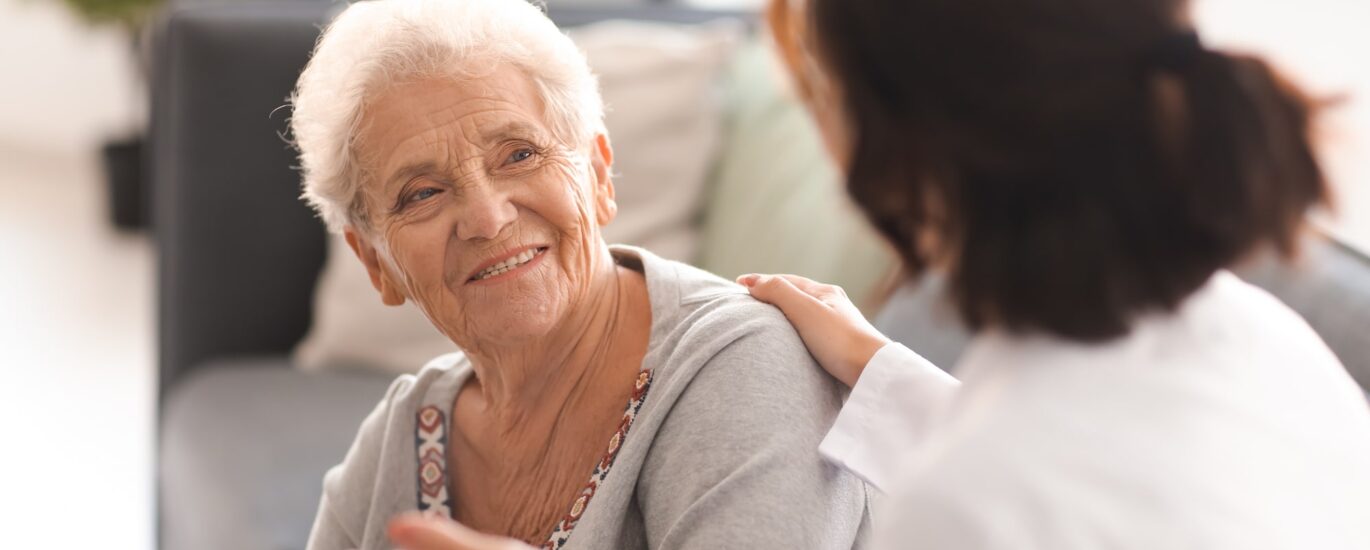Practical Tips to Protect Health, Dignity, and Comfort
Caring for a bedridden senior—whether it’s a beloved grandparent at home or a long-term patient in a facility—is both an act of love and a challenge. One of the greatest risks facing bedridden individuals is the development of bedsores(also known as pressure ulcers) and common infections such as pneumonia and urinary tract infections (UTIs).
These conditions are more than just medical concerns—they impact quality of life, dignity, and survival. But the good news is: with the right care, most of them are preventable. This article breaks down the causes, signs, and most importantly, the practical steps you can take to protect your loved ones.
🛏️ What Causes Bedsores and Why Are They So Dangerous?
Bedsores are injuries to the skin and underlying tissue caused by prolonged pressure on the skin—often where bones are close to the surface like the tailbone, heels, elbows, or hips.
Why do they matter?
- A small sore can quickly turn into an open wound, leading to severe infection and even sepsis.
- Healing can take weeks or months, especially in older adults with poor circulation or chronic illnesses.
👉 Who’s most at risk?
- Seniors who are immobile or spend most of their time lying in bed
- Individuals with diabetes, poor nutrition, or fragile skin
- People who are incontinent and lie in moist conditions
🦠 Infections to Watch Out For in Bedridden Seniors
1. Pneumonia
Caused by reduced lung movement and the accumulation of fluids in the lungs due to lying down for long periods.
Warning signs: Cough, fever, shortness of breath, confusion.
2. Urinary Tract Infections (UTIs)
Often linked to prolonged catheter use or poor hygiene.
Warning signs: Pain or burning when urinating, strong-smelling or cloudy urine, fever, and sometimes unusual behavior like agitation or confusion.
🧠 Common Questions Caregivers Ask (And Answers)
🟨 “How often should I turn my loved one?”
Every 2 hours is the golden rule. Frequent repositioning relieves pressure points and boosts circulation. Use pillows or foam wedges to help with side-lying positions.
🟨 “What should I look for when checking their skin?”
Look for:
- Redness that doesn’t fade after 15–30 minutes
- Warm, firm, or spongy areas
- Skin that appears darker in one spot (in darker skin tones)
These could be signs of a developing sore. Catch it early, and healing is possible.
🟨 “Is moisture really a big problem?”
Absolutely. Skin that stays wet from sweat, urine, or stool breaks down faster. Use absorbent pads, moisture-barrier creams, and gentle cleansing after accidents.
🛡️ Simple, Powerful Steps for Prevention
✅ 1. Frequent Repositioning
- Every 2 hours in bed
- Every 15–30 minutes if sitting in a wheelchair
- Use a turning schedule or alarm if needed
✅ 2. Skin Care & Daily Checks
- Inspect the skin daily, especially bony areas
- Keep skin clean, dry, and moisturized
- Use pH-balanced cleansers instead of harsh soap
✅ 3. Supportive Surfaces
- Use pressure-relieving mattresses or cushions (like alternating-pressure mattresses)
- Elevate heels with pillows to reduce pressure
✅ 4. Encourage Fluids and Nutrition
- Adequate protein, vitamin C, and zinc support skin health and immunity
- Hydration helps prevent UTIs and promotes circulation
✅ 5. Lung Exercises and Movement
- Encourage deep breathing or use incentive spirometers several times a day to prevent pneumonia
- Light passive range-of-motion exercises can improve circulation and lung capacity
✅ 6. Catheter Care and Hygiene
- Avoid long-term catheter use unless absolutely necessary
- Clean the perineal area daily and after each bowel movement
- Watch for changes in urine color, smell, and volume
🌼 Final Thoughts: It’s About More Than Just Medicine
Preventing pressure sores and infections isn’t just about preventing physical suffering—it’s about preserving dignity, comfort, and human connection.
Bedridden seniors may feel vulnerable, isolated, or even invisible. But with consistent, compassionate care, we can create an environment that supports healing and nurtures their spirit.
“An ounce of prevention is worth a pound of cure.” In elderly care, it might be worth a whole lot more.
📘 References & Resources
- National Pressure Injury Advisory Panel (NPIAP): npiap.com
- Mayo Clinic: Bedsores & Elderly Care
- CDC: Pneumonia and UTI Prevention in Older Adults
- American Geriatrics Society: Clinical Guidelines on Preventing Infections in Seniors




